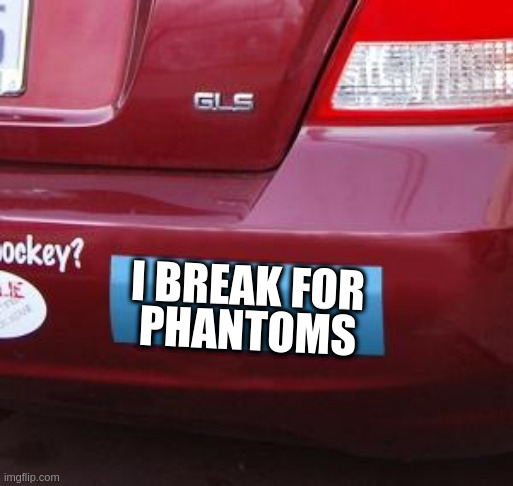I recently purchased a 2022 Model 3 Performance that had about 10,000 miles on it and had been owned by two previous owners. I had been enjoying the car until the other night, when I experienced a braking incident while driving at 80 mph on the highway using FSD (latest update).
Scene:
- Nighttime on a dark highway
- I don't remember seeing an overpass
I was using FSD, relaxing and watching the road, when suddenly the car slammed on the brakes. The speed dropped to 40 mph before I disengaged the FSD and sped back up. My passengers were horrified, and if there had been a car behind us, we would have been in serious trouble.
Why did this happen, and how can I prevent this in the future?
Scene:
- Nighttime on a dark highway
- I don't remember seeing an overpass
I was using FSD, relaxing and watching the road, when suddenly the car slammed on the brakes. The speed dropped to 40 mph before I disengaged the FSD and sped back up. My passengers were horrified, and if there had been a car behind us, we would have been in serious trouble.
Why did this happen, and how can I prevent this in the future?



